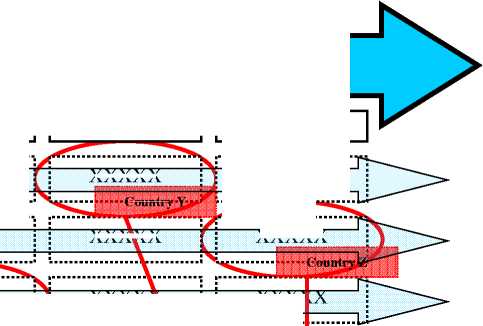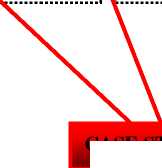relationships generated by heritage resources. This can only be an exploratory study and has no
pretence to cover the whole European territory or any category of cultural heritage. For a selected
number of countries, and for selected heritage categories, an in-depth analysis (blue arrow in Fig. 3)
and a number of case studies (in red in Fig. 3) will be carried out.
Figure 3 Structure of analysis in ESPON 1.3.3
ORGWARE
SHAREWARE
XXXXX
XXXXX
SOFTWARE
XXXXX
XXXXX

XXXXX
( ountrv
XXX∖XX
XXXX
Indicators of “territorial cohesion” of European cultural heritage

HARDWARE
XXXXX
XXXXX
XXXXX
|
XXXXX-- |
[j XXXXX.....:] XXXX,∖ ;j XXX’ |
XXXXX
|
XXXXXK |
XXXXX X i |
XXXXX
XXXXX
XXXX

CASE STUDIES
4 FIRST RESULTS OF THE ESPON 1.3.3 PROJECT
4.1 State of the ESPON project 1.3.3 and selection of indicators
In countries where data are available and have been collected with a sufficient degree of reliability
(only a small part of EU27+2 at the present stage of the project), it has been possible to produce a
first few maps which illustrate the diversity of European regions.
The assets mapped are at this stage of three types, encapsulating three different “moments” of
cultural heritage effects:
- tangible, immovable heritage resources. Monuments and buildings of artistic and/or historical
significance, historical sites and places of memory, architectural conjuncts, archaeological areas,
17
More intriguing information
1. The name is absent2. DISCUSSION: POLICY CONSIDERATIONS OF EMERGING INFORMATION TECHNOLOGIES
3. Educational Inequalities Among School Leavers in Ireland 1979-1994
4. Les freins culturels à l'adoption des IFRS en Europe : une analyse du cas français
5. ESTIMATION OF EFFICIENT REGRESSION MODELS FOR APPLIED AGRICULTURAL ECONOMICS RESEARCH
6. The Functions of Postpartum Depression
7. The growing importance of risk in financial regulation
8. Work Rich, Time Poor? Time-Use of Women and Men in Ireland
9. The Economics of Uncovered Interest Parity Condition for Emerging Markets: A Survey
10. The name is absent